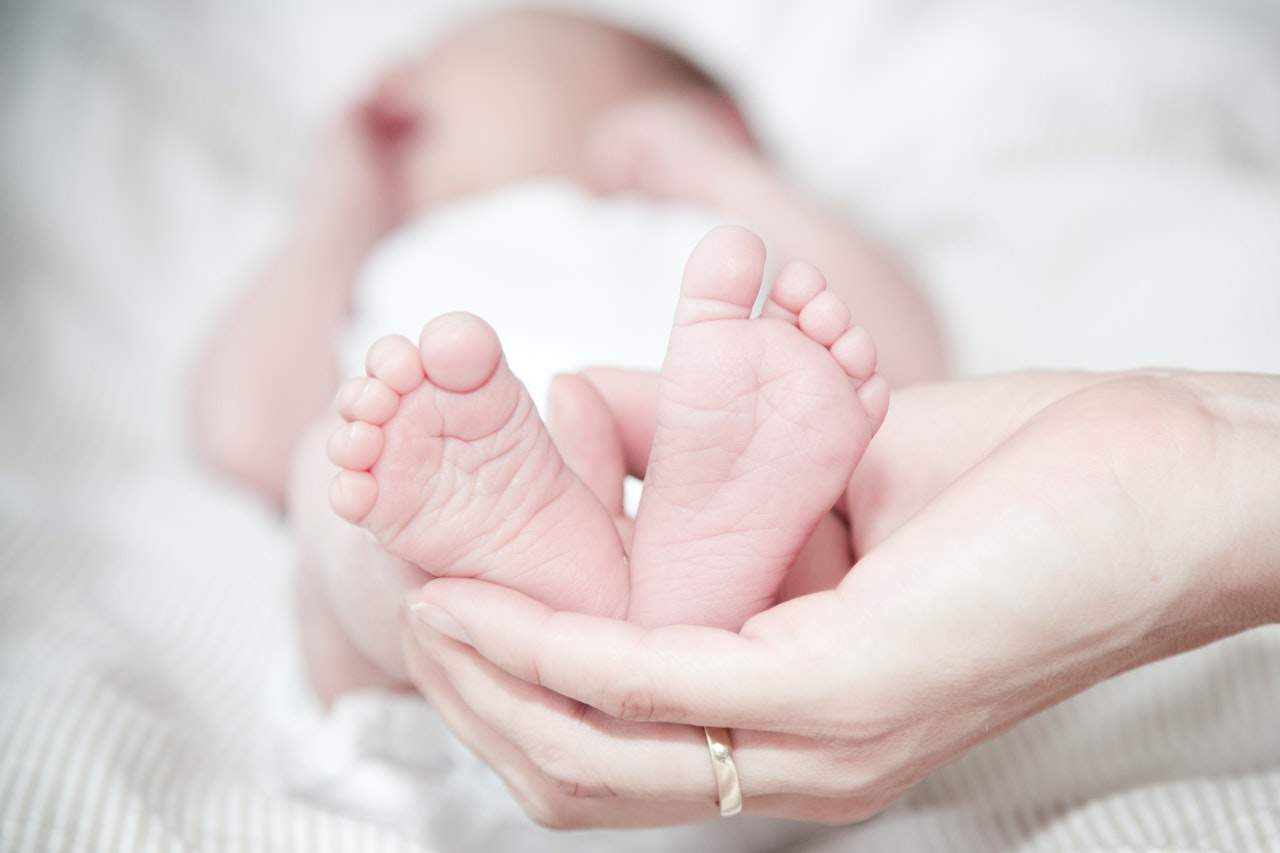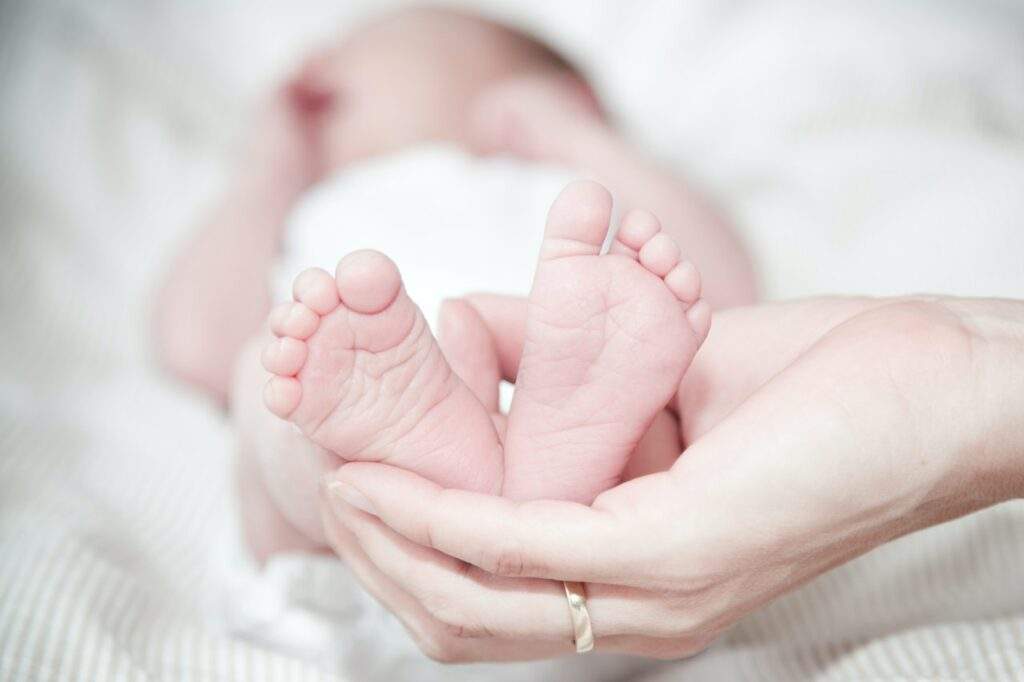
5 Reasons Why Access to Public Birth Records is Important
A birth certificate is a document that proves that birth registration has taken place. In some countries, it is mandatory to register a child’s birth.
Birth and death registration provide essential information for national surveillance and public health prevention and intervention strategies. However, it is a fact that many women cannot access the right to register their child’s birth.
It is a Legal Record
Since births, deaths, and marriages are reportable events that are required to be reported by families for various legal, administrative, financial, and governmental purposes, vital statistics data is tremendously valuable. Unlike other reportable diseases or conditions, which are underreported, births and marriages are nearly always well-reported.
In high-income countries, birth registration is taken for granted as a norm following childbirth. However, in low- and middle-income countries, an estimated 166 million children under age 5 are not registered at birth. With legal proof of identity, these children may be able to access essential services like healthcare and education.
A person’s certified birth certificate in the public birth records reveals a lot of personal information about them, such as their parents’ names, gender, ethnicity, and place of birth. Compiling this demographic data can provide important insight into a country’s population and help inform public health policy. However, the confidential nature of a birth certificate also makes it challenging to use this data for research or to satisfy idle curiosity. To do so would require obtaining a copy of the record from the State Registrar, which can only be done with a proper purpose, such as for genealogy or to establish a person’s legal identity.
It is a Record of the Identity
In the United States, birth certificates provide proof of identity for many purposes, including obtaining a Social Security card, passport, and driver’s license. Governments must improve civil registration systems and ensure all births are registered so citizens can access legal identification.
In many countries, low birth registration rates still need to be addressed. This can be due to cultural practices (like naming ceremonies) or gender inequality, where women are less likely than men to register their births. In addition, poor infrastructure can make bringing registrars into remote communities challenging.
In the United States, a person’s official birth certificate can be obtained from the Office of vital statistics in the state or area where they were born. The U.S. Census Bureau does not issue or maintain birth records. Still, it designed a form called the Notification of Birth Registration that sends information to a state’s Office of vital statistics. This form allows corrections to be made, allowing the Office of essential statistics to verify the accuracy of the information on birth records before they are issued.
It is a Record of the Health
The National Vital Statistics System (NVSS) is the nation’s official birth, death, and marriage data source. It provides invaluable information about the state of public health in our country and influences policy development, funding of research and programs, and measures of progress toward health goals. The quality of NVSS is highly dependent on accurate documentation of births and maternal deaths by hospital staff. Underreporting of midwife-attended births, misclassifying women’s intended place of delivery for home and out-of-hospital births, and inconsistent definitions for obstetrical and fetal deaths can negatively impact the quality of vital statistics data.
Local health boards in villages, towns, cities, and counties have long had two essential governmental functions: civil registration of vital events and collection of public health data. Unlike at the national level, jurisdictions know their data best. They are in a position to evaluate its quality and address problems identified by families seeking certified copies or corrections to records. In addition, their staff often interacts with hospitals, birthing centers, medical examiners and coroners, and funeral directors who are providers of data to NVSS and have opportunities to identify systematic errors in the reporting process.
It is a Record of the Marriage
Since the National Medical Convention in 1847, governments have responded to calls to keep informative and accurate records of births, marriages, and deaths. The earliest forms are typically civil, with local health boards in villages, towns, and cities as the primary agencies responsible for recording these events.
The first birth and death certificates are often referred to as vital records. These documents contain critical genealogical information such as the person’s name, sex, date of birth, and place of birth. They also provide a record of the parents’ names and occupations. More recent records may include details about the hospital where the person was born and information about the doctor who performed the birth.
New York City began recording births in 1880 and issued its first certificate of live birth in 1914. While the New York City Municipal Archives holds indexes of birth, marriage, and death records from the late 1800s through 1908, researchers seeking records before this time should explore repositories local to the borough/town. Record-keeping was inconsistent until 1914, so finding certificates during this period can be challenging.
It is a Record of Death
Birth, death, and marriage records are a critical component of the national vital statistics system (NVSS), operated by states and local governments. NVSS provides data for epidemiological follow-up studies and directs public health prevention and control strategies.
Civil government agencies have long been responsible for two essential governmental functions: civil registration of events and the collection of vital event data. Historically, the latter function has focused on reporting births and deaths.
While physicians must report all deaths, births, and fetal deaths, there are many reasons why families need certified copies for legal, financial, administrative, and other personal uses. Likewise, the recent 9/11 terrorist attacks and increasing incidence of identity theft have increased the need for matched death, birth, and marriage records to be available to protect national security.
In 1880 New York State enacted laws requiring village, town, and city clerks to record births and file copies with the Albany Department of Health. The Albany Registrar of Vital Records still holds microfiche indexes of these births from 1881 to 1914, and ten other repositories also have indexes for this period.
















